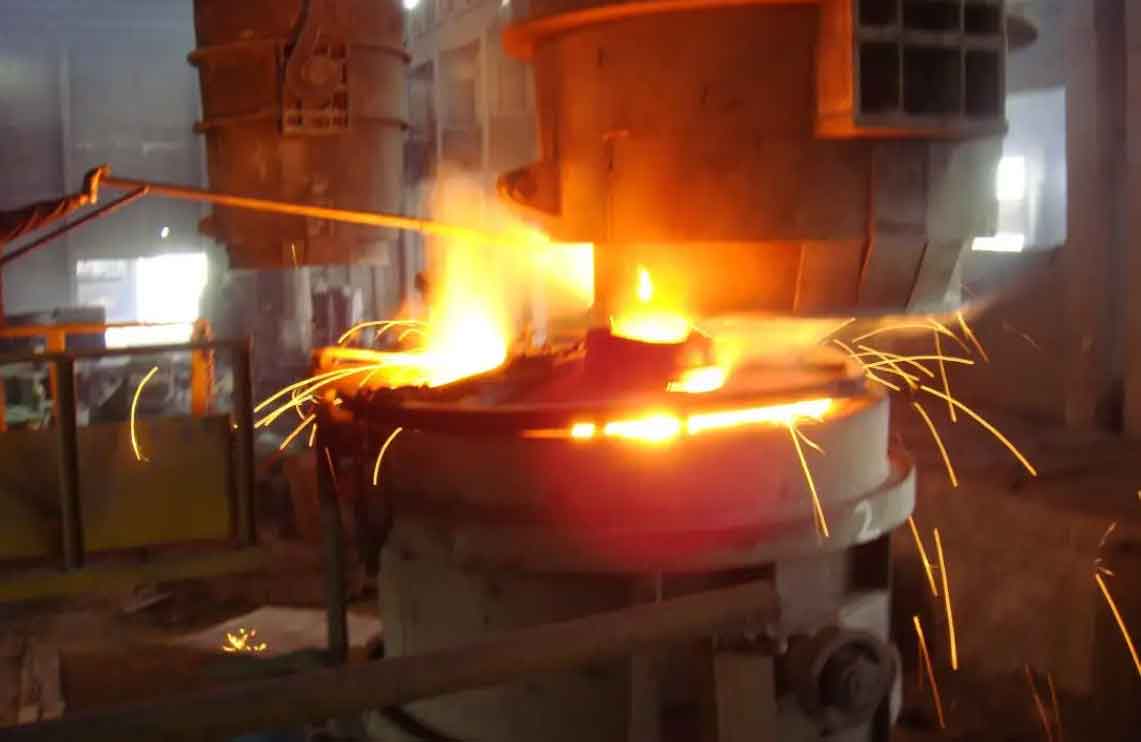Casting sand inclusion defects are directly related to production process, mold, sand mixing, molding, core making, lower core box, pouring and other processes, among which it is closely related to process design, lower core box and pouring. The specific reasons are as follows:
① The quality of model design is poor. After modeling and core making, there is sharp sand in the core, which is easy to wash sand when molten steel enters.
② Expansion rate of sand particles.
③ The core making, molding, sand mixing ratio and sand use are unreasonable, resulting in insufficient sand mold strength.
④ The design of gating system is unreasonable, resulting in sand flushing in sprue and mold cavity.
⑤ Due to improper molding, core lowering and mold closing operations, mold collapse, box extrusion, sand falling, sand mold or sand core crushing occur.
⑥ Before closing the box, the floating sand in the mold cavity was not cleaned up.
⑦ After closing the box, sand particles or sand blocks fall into the riser, gating system or exhaust hole.
⑧ If the coating is poor, the brushing is uneven, or the sand mold and coating are not dry, the coating falls off during pouring, resulting in coating scar and coating interlayer.
⑨ The riser is placed unreasonably, resulting in the sand mold at the bottom of the riser can not be compacted during sand discharge.
⑩ Improper pouring process results in excessive scouring force of molten steel on sand mold and large heat load. If the pouring time is too long, the amount of sand holes will increase due to the heat effect. If the pouring time is too short, the amount of sand holes will increase due to the sand flushing of the mold.

